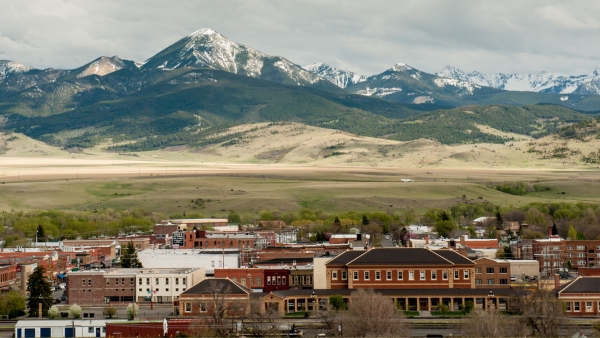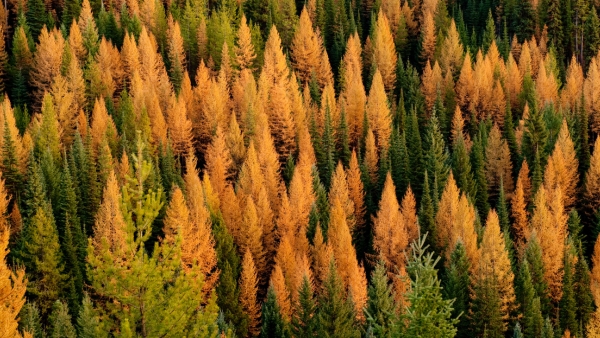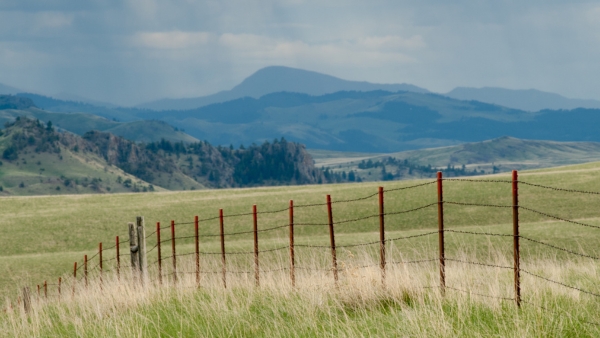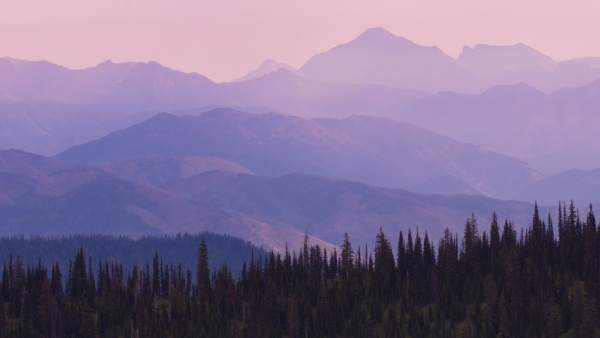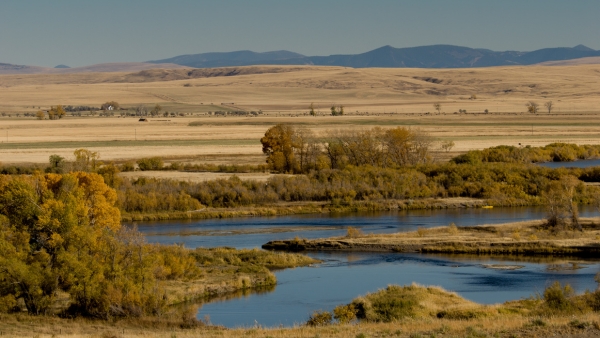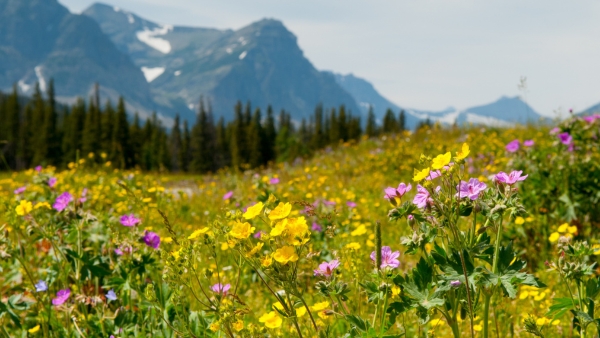Tourism Grant and Loan Program
The Tourism Grant Program is funded by the 4% Lodging Facility Use Tax; commonly known as the “Bed Tax.” Enacted by the 1987 Legislature, the Bed Tax is collected from guests of hotels, motels, bed and breakfasts, guest ranches, resorts, short-term vacation rentals, and campgrounds.
Quick links to program information and assets:
Pilot Community Tourism Grant Program:
Economic Impact and Destination Event Grant Program:
- Economic Impact and Destination Event Grant Program Guidelines (PDF)
- Application, forms, templates, and general information
Regional Assistance Program:
- Regional Assistance Program Guidelines (PDF)
These guidelines are currently in the Administrative Rules of Montana process. More information on the Regional Assistance Program and resources for applicants can be found on the program page. - Map: Montana's urban and over-visited places
- General information
